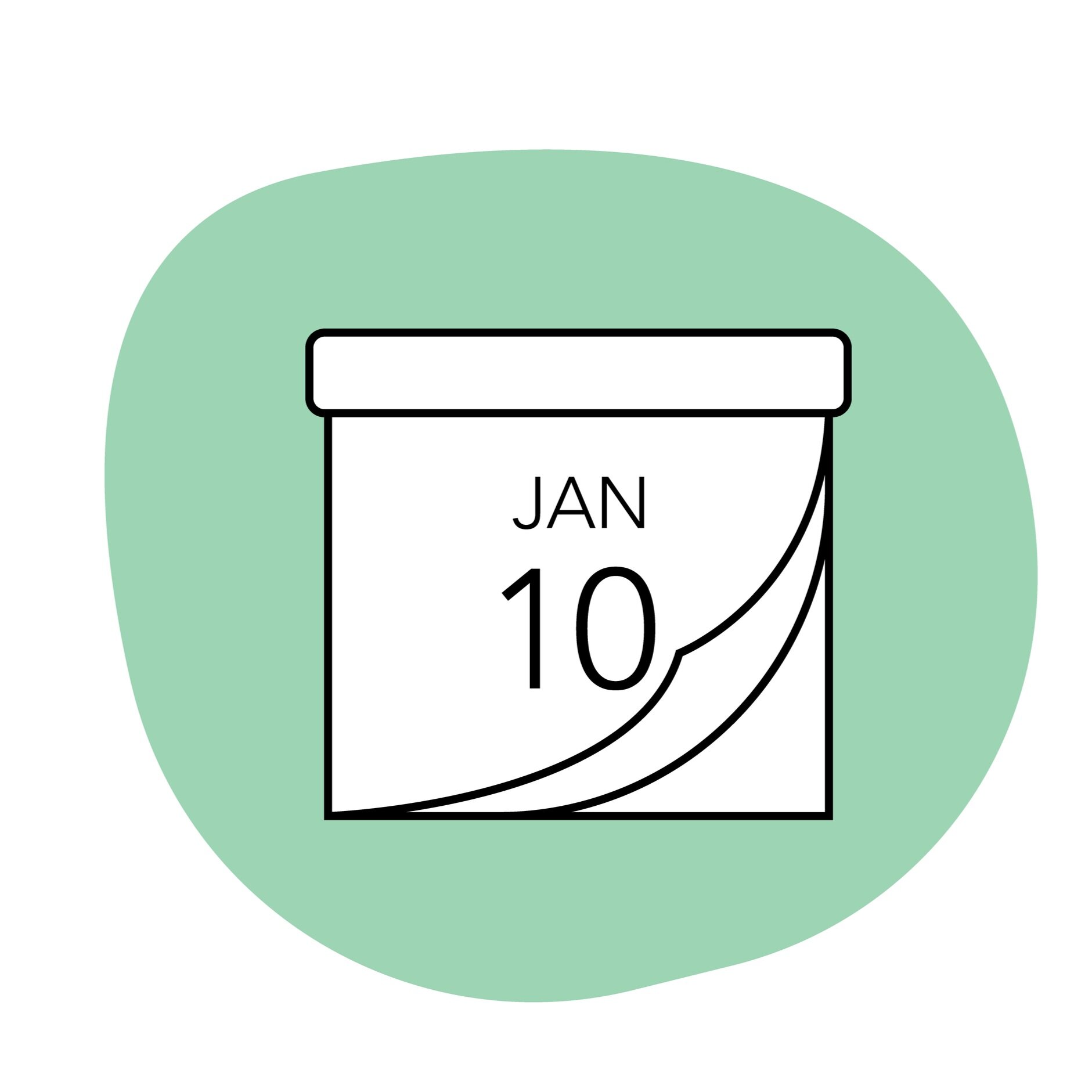There’s a lot of talk around the COVID-19 vaccines, so we wanted to shed some light on how vaccines are developed and approved in general. It’s really the basics of how clinical trials are conducted.
DISCOVERY PHASE
Identify pathogen and characterize the pathogen’s structure
The purpose of a vaccine is to train the human body to create an effective immune response before serious infection can take place. To create that immune response, the body has to be exposed to the pathogen. A vaccine allows us to safely expose the body to key parts of pathogens that have been identified. In the case of SARS-COV-2 that was done first in 2019 in Wuhan, China.
Luckily, we have the technology to rapidly study viruses to determine their structure and genetic makeup. There are four main components to SARS-COV-2: the spike protein, envelope, nucleocapsid, and the membrane.
PRECLINICAL PHASE
Experiment with vaccine types in different animals
Once the structure of the virus is understood, we can start learning how to attack it. This can be done in different ways but is usually done using animals such as monkeys or mice. It has been determined that the spike protein of SARS-COV-2 elicits a strong immune response. To make an effective vaccine, scientists had to figure out how to expose our cells to this section of SARS-COV-2.
PHASE1
Safety trial in a small number of people and initial efficacy test
Phase 1 is primarily concerned with safety. The vaccine is given to a small number of people to observe side effects and to confirm it is stimulating an immune response. Common side effects of vaccines include soreness at the injection site, fatigue, and low fevers due to the immune system reacting to the sections of the pathogen in the vaccine.
PHASE 2
A larger number of people, comparing different people, and further evaluating safety and efficacy
The vaccine is then administered to hundreds of people and results are analyzed to look for differences between groups, such as young adults vs. the elderly or men vs. women. The trial also further assesses safety and efficacy.
PHASE 3
The largest amount of people, placebo vs vaccine, clinical endpoint, and dosage, safety, and efficacy
This is the largest trial. Tens to hundreds of thousands of people around the world are enrolled in phase 3 trials in this phase of testing. These trials are the basis of determining the efficacy of the vaccine as participants are given either the vaccine or a placebo. In the world of vaccine trials, clinical endpoint analysis, which examines if people in each group got infected and displayed specified symptoms, allows drugmakers to report efficacy. Clinical endpoint analysis is performed by comparing the number of people who became symptomatic with the disease with their vaccine status. Ideally, most infections would occur in people that received the placebo, which would indicate high efficacy. Due to a large number of participants, rarer side effects are able to be teased out and assessed, such as allergic reactions or joint pain.
APPROVAL
Data submitted to regulatory agencies which may expedite the process in emergencies based on limited review
Regulatory agencies review the data presented by the drug companies and make a decision on whether or not to grant approval. Typically the process can last 3-10 months depending on the type of drug presented. However, the FDA can issue an Emergency Use Authorization (EUA) based on a limited review of just a couple of weeks to allow the drug to enter the market more quickly. This is how some COVID treatments and diagnostic tests have been approved. The entire review process still takes place after the EUA and the drug companies continue to look for adverse effects, conduct post-market trials and are subject to manufacturing audits by regulatory agencies.
Writing by Ryan Mathura, Public Health Innovation Analyst
Ryan is a Master of Public Health Student at Emory University studying Health Policy and Management. He has a background in immunology and worked in vaccine R&D before attending Emory.
Graphics by Sophie Becker, Design Strategist
Sophie is a design strategist at Orange Sparkle Ball. She is a recent graduate from RIT and holds a bachelor’s in industrial design and psychology. Her studies informed her interest in using design thinking to communicate abstract and complex ideas, particularly in public health.











